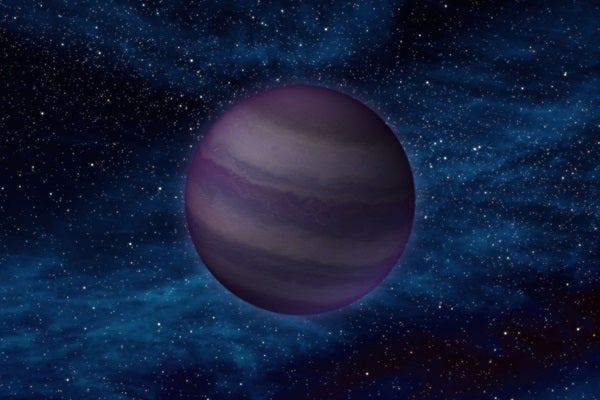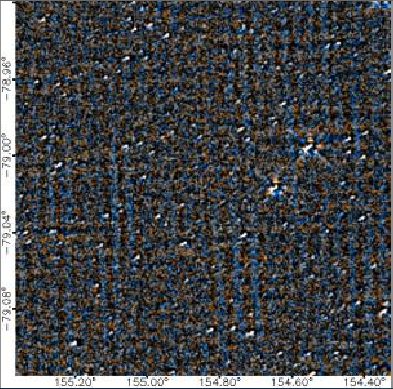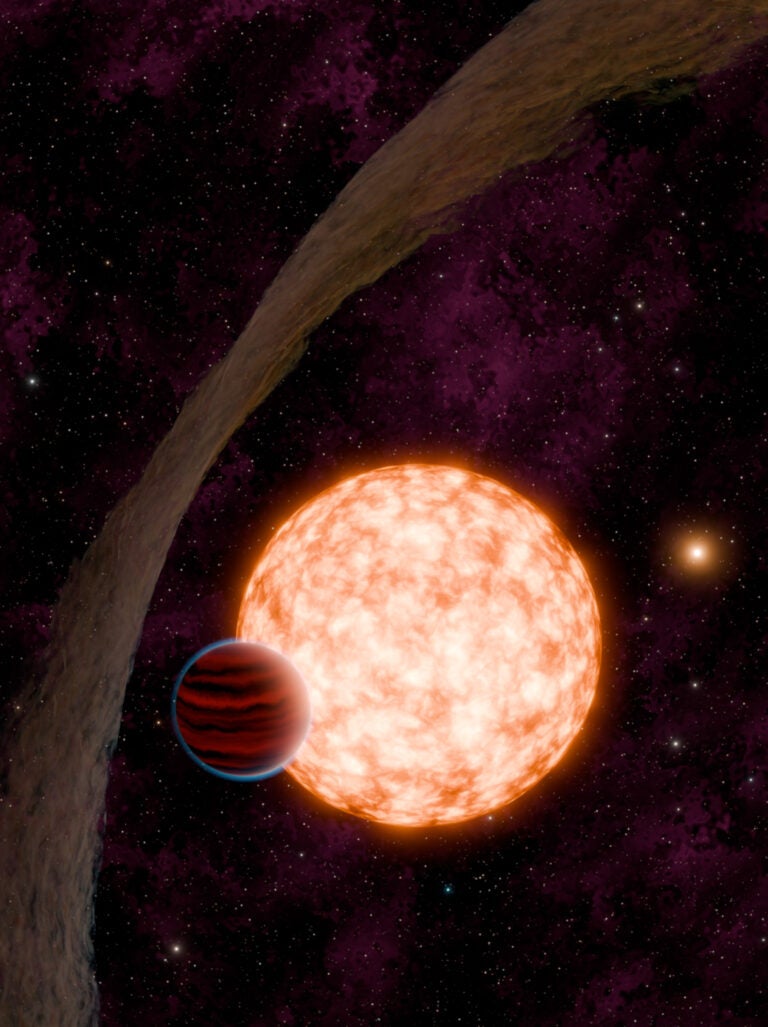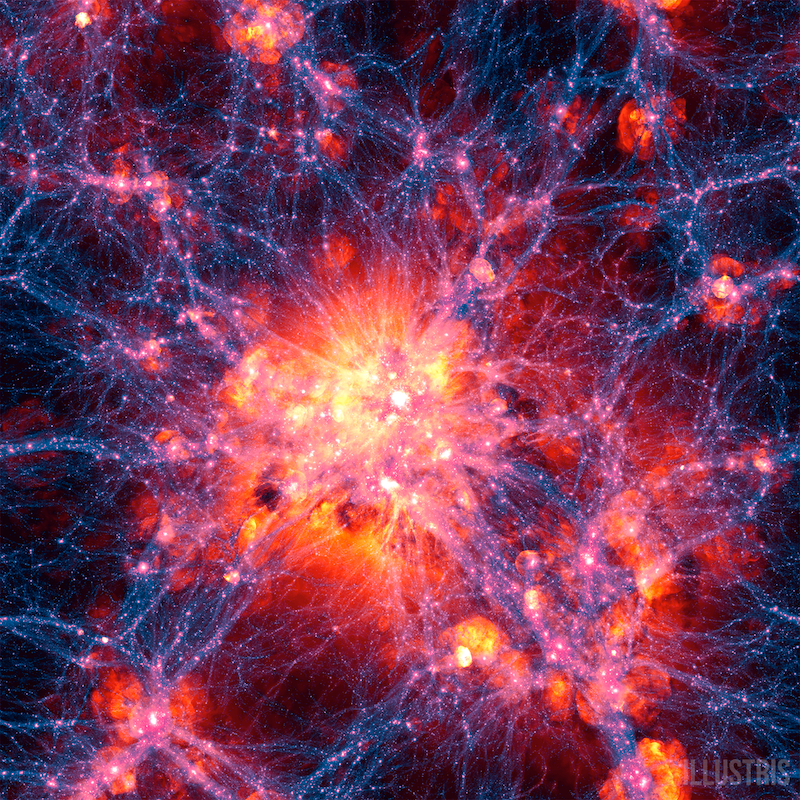Last year, astronomers Mike Brown and Konstantin Batygin shocked the astronomy community with the announcement of a possible ninth planet in our solar system. There was just one problem: they hadn’t seen it. Instead, it was inferred from the bizarre, oblong orbits of a handful of dwarf planets on the outskirts of the Kuiper Belt.
That’s where you come in. Yes, you.
NASA is funding a new program to bring together data from the Wide-field Infrared Survey Explorer to create miniature movies. These loops look for objects that move across the sky compared to relatively stationary background stars.
NASA is turning to crowdsourcing rather than algorithms to find real objects that might have been missed the first time around because they were marked as instrument errors.
Although it’s proposed as a way to find Planet Nine, the Backyard Worlds program may also help find asteroids near Earth, faint dwarf planets in the outskirts of the solar system, and failed stars within a few dozen light years of us, all of which appear faint to the naked eye but will still give off heat in infrared.
Be warned, your field of view will look a little like this:
To get started, visit the Backyard Worlds website. You may end up finding a planet … or at least a comet or two.
For a little primer on Planet Nine, here’s our editor-in-chief David J. Eicher:












